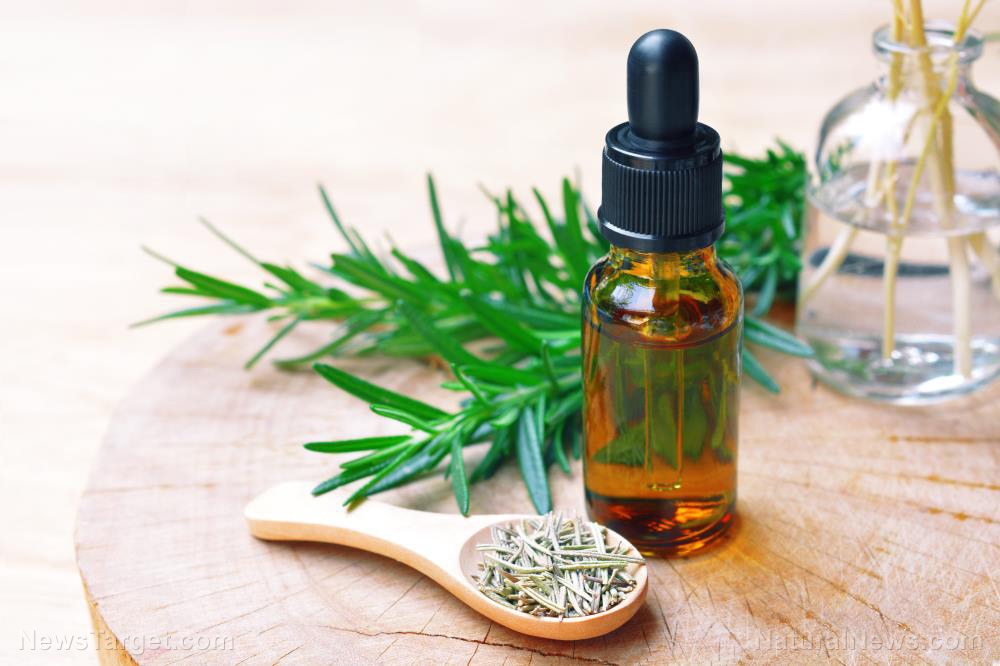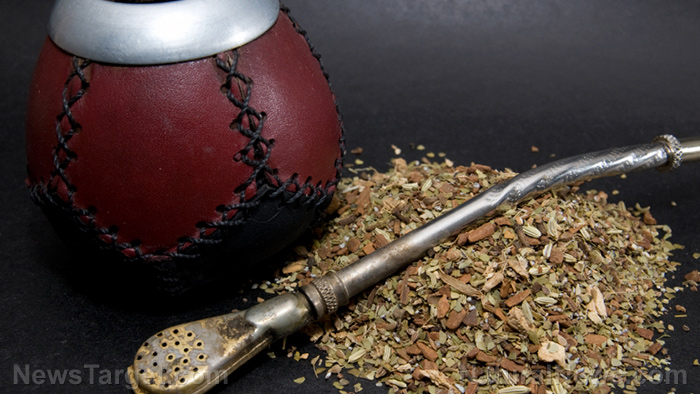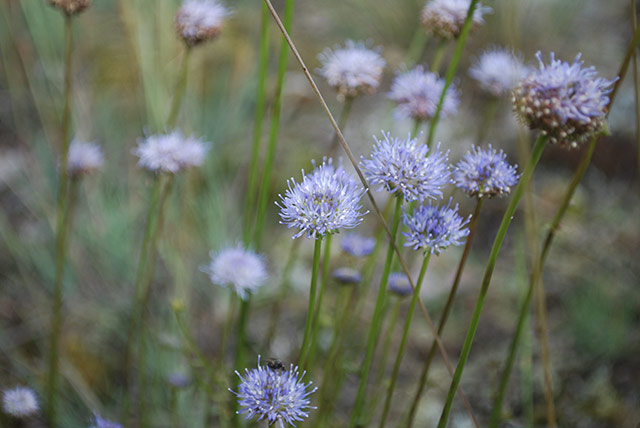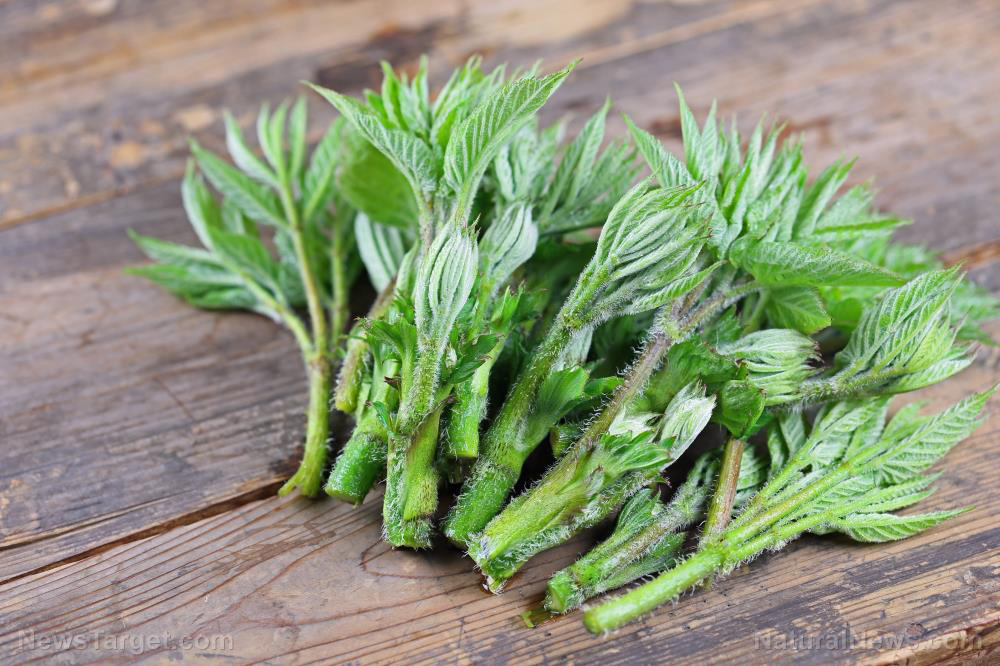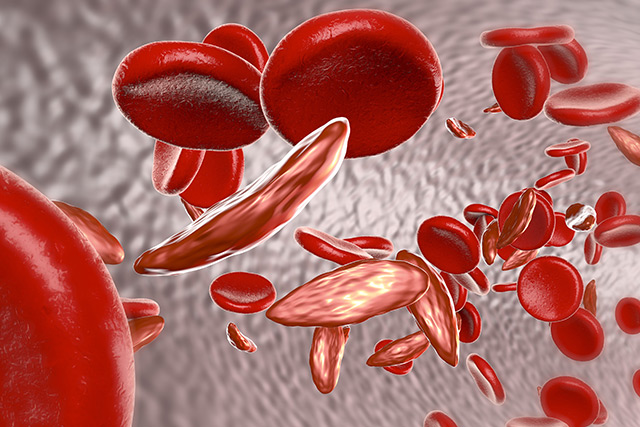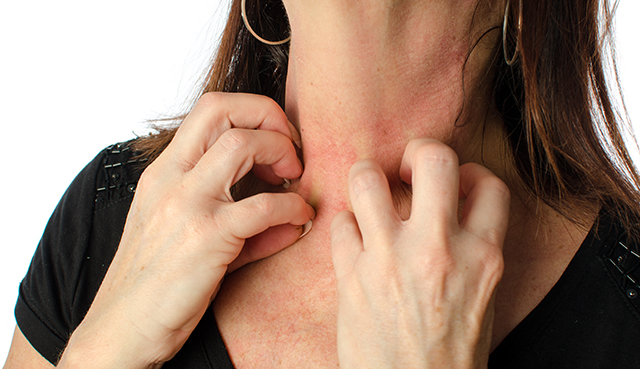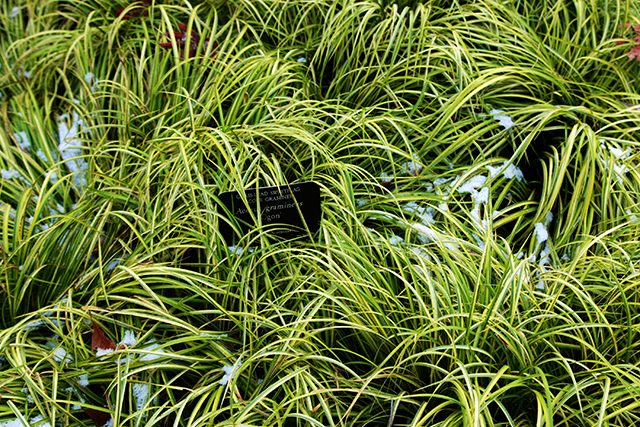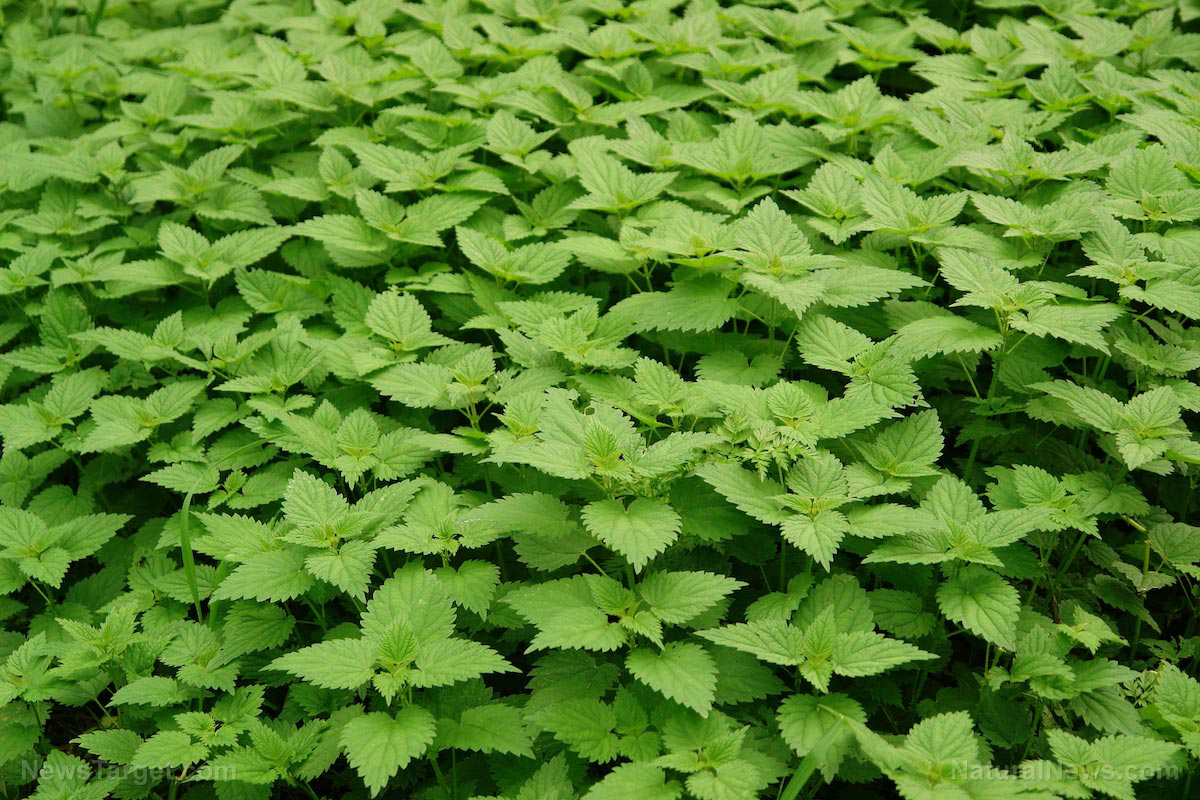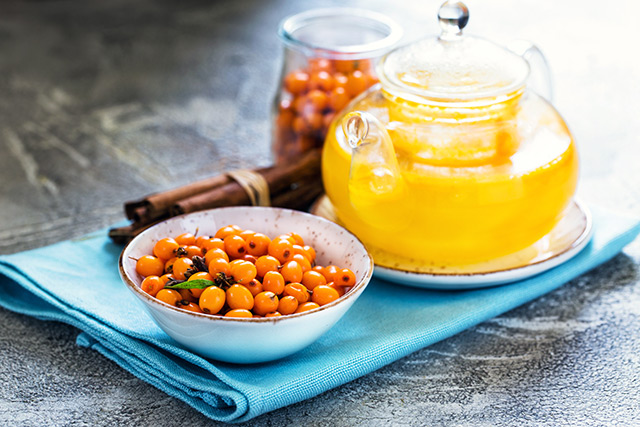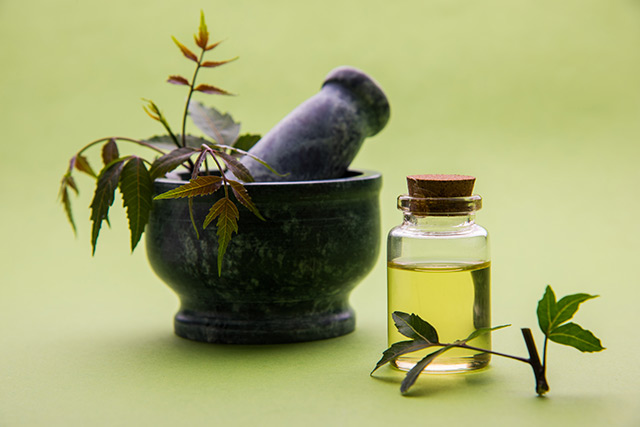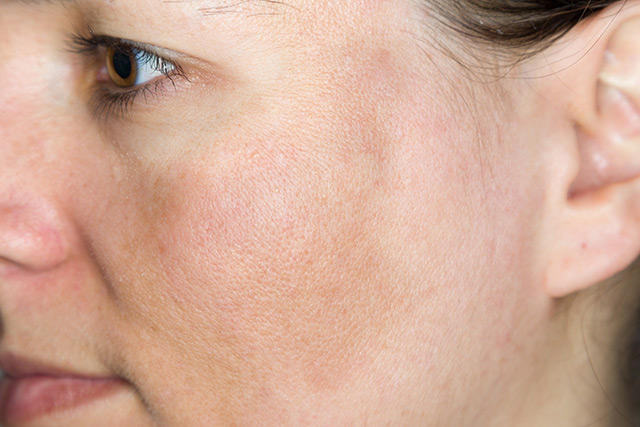Clinical study PROVES that 20 traditional polyherbal tonics are effective medical treatments
10/17/2018 / By Edsel Cook
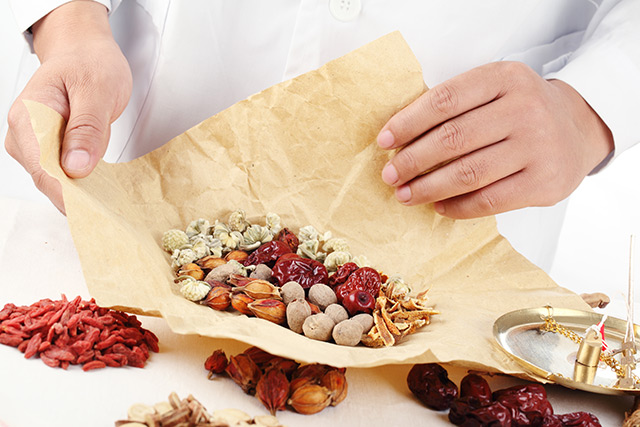
The many herbal formulas prescribed by Thai ethnomedicine have finally received some scientific evidence to back up their long-asserted therapeutic effects. A recent study established that these polyherbal tonics contain numerous natural compounds that serve as antioxidants and metal chelators.
Traditional medicines are still widely used throughout the world. The populations of poorer countries continue to use herbal treatments as their primary means of treating common sicknesses. Meanwhile, a good percentage of the populations of industrialized nations like the U.S. take herbal concoctions to improve their health.
Many of these supplements contain large amounts of antioxidants. These biomolecules can reduce or even eliminate oxidative stress that leads to disease. They scavenge harmful free radicals before the latter can trigger reactions that damage cells, tissue, and DNA.
Traditional herbal remedies may help create new treatments for diseases caused by free radicals and oxidative stress. This has led to many studies on ethnomedicine from China, India, and now Thailand.
The polyherbal tonics of Sahatsatara have been briefly surveyed before. However, a full evaluation has not yet been performed regarding their capacity for scavenging free radicals. (Related: Treating Type 2 diabetes with this traditional Thai herbal extract.)
Testing 20 different herbal tonics for their antioxidant properties
The Prince of Songkla University (PSU) research team acquired 20 different polyherbal formulas from two different provinces in Thailand. When combined, the tonics used 98 different species of plants from 45 different families as ingredients.
Each formula either possessed rejuvenating effects or were used as tonics to support normal health. The herbal mixtures were processed to create ethanol extracts for analysis of their biological and phytochemical properties.
Each tonic was subjected to different tests in order to determine its total phenolic content, total flavonoid content, and its metal-chelating activity against iron II chloride. They also performed antioxidant assays regarding an extract’s ability to scavenge the DPPH and ABTS radicals, the related ability of ferric-reducing antioxidant power (FRAP), and its ability to scavenge superoxide anions and peroxyl radicals.
The formulations that proved to be potent sources of antioxidants were subjected to an in vitro cytotoxicity test, where their toxicity on a line of Vero cells was determined. For a particular formula – the THP-R016 one – its essential oils were extracted and subjected to an analysis.
Thai polyherbal formulas can prevent oxidative stress that causes diseases
The researchers were looking for phenolic and flavonoid compounds that are produced by plants as secondary metabolites. These compounds protect the plants from degenerative diseases related to oxygen stress by scavenging all kinds of free radicals.
Of the 20 formulas they examined via various assays, they reported that the THP-R016 tonic contained the highest levels of total phenolic content. The THP-R019 came up as a close second. For total flavonoid content, the THP-R019 formula led the group, with a different formula – THP-R017 – taking second place.
The THP-R009 tonic showed the highest metal chelating activity. THP-R019 displayed the highest ferric-reducing antioxidant power, with THP-R016 coming up second.
The THP-R016 and THP-R019 formulas were also able to scavenge DPPH and ABTS radicals with great efficiency. In the case of THP-016, it scavenged twice as many free radicals as the standard antioxidant used for comparison.
Finally, THP-R016 was the best at scavenging superoxide anions and peroxyly radicals. An effective dose proved to be safe with Vero cells.
Analysis showed that the effectiveness of the free radical inhibition was correlated to the concentration of phenolics and flavonoids. Higher levels of the compounds resulted in better effectiveness against free radicals.
The researchers concluded that all of the tonics were potential sources of antioxidants, with THP-R016 as the best candidate for further evaluation.
To find out more about healing herbs used by Thai ethnomedicine, visit Herbs.news.
Sources include:
Tagged Under: antioxidant activity, antioxidants, chelation, ethnomedicine, folk medicine, healing herbs, herbal medicines, herbal tonics, herbs as medicine herbs, medicinal herbs, natural cures, natural remedies, tonics, traditional Thai medicines


